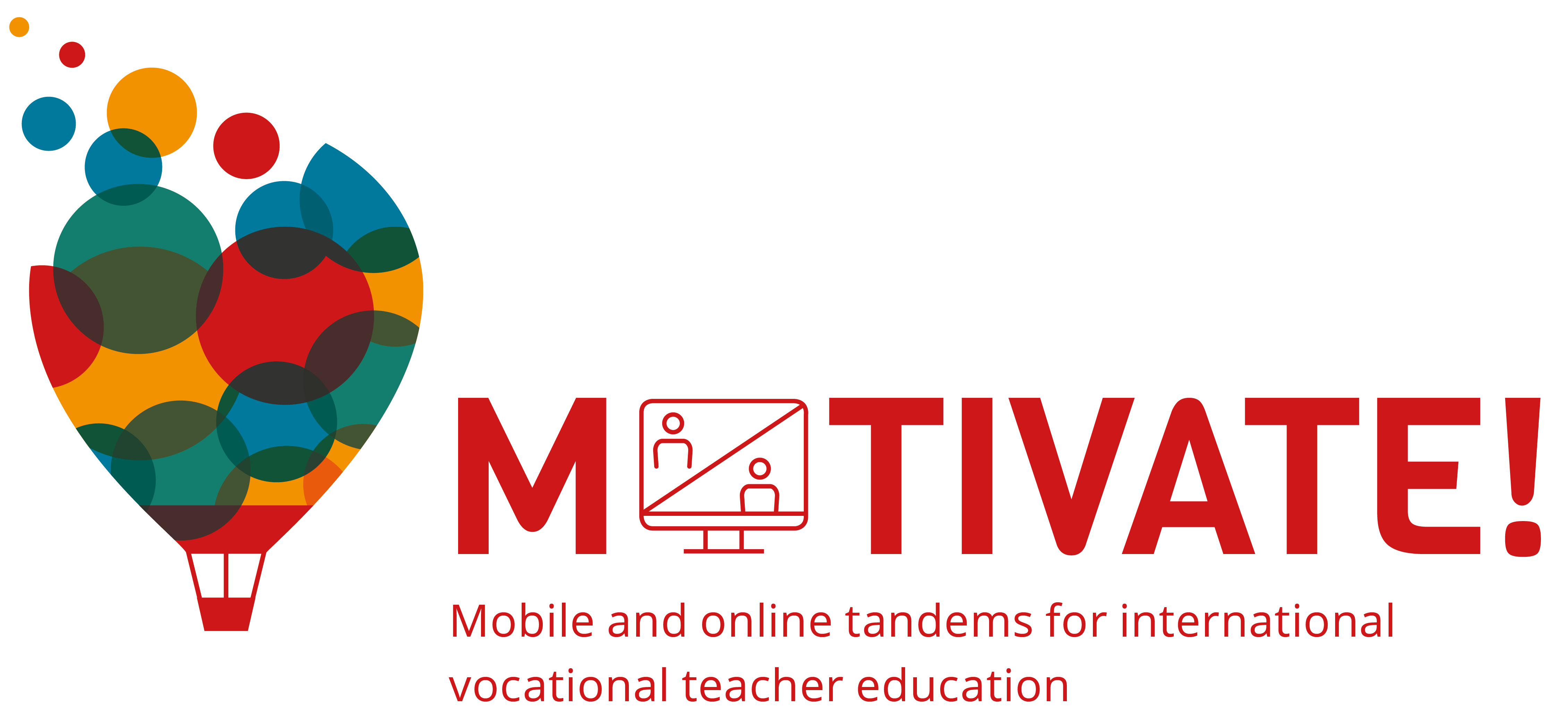- 23/11/2023
- Posted by: MOTIVATE students
While doing research and talking about the German and Norwegian school systems, we found out interesting information which we subdivided into two topics: social (in)justice and students’ well-being.
Social (in)justice
In Germany it is common that at the end of primary school – which normally is in 4th grade depending on the federal state the school is based in – parents, teachers and students decide on a school type. There are basically three different types of schools: Gymnasium, Realschule and Hauptschule. The teachers’ recommendations are oriented on the performance of the students which is measured in grades. Grading normally starts at third grade. Even though studies show that social injustice is reproduced by grading and the separation into different school types, German society holds on to the separation of students through different school types. In politics it is an explosive issue to suggest comprehensive schools for all because of the controversies it provokes and the effect it can have on the parties bringing it up.
Norway, however, introduced compulsory schools for 9 years without interruptions in 1969 and therefore doesn’t have different school types which is why students are not separated until grade 7. After grade 7, classes may be merged. Grading is introduced in grade 8 but grades are not very important to the students’ further careers until you’re applying for university.
Another difference is that in Norway exams are anonymous whereas in Germany students write their names onto it. Studies show that teachers can be influenced by the names because of certain prejudices of the student which can also lead to reproducing the social status of that person and contribute to social injustice in society.
Another interesting aspect of social (in)justice is the salary of Norwegian and German teachers: The salary of teachers in Germany and Norway are dependent on different factors. In Germany, the salary depends on the type of school you teach at, the state you work for and your official status (civil servant or not). Elementary school teachers earn less than for example Gymnasium-teachers. In Norway, however, what grade you teach has no effect on your salary. A 5-year Masters degree is demanded to be a teacher for all types of school, and the salary is therefore also about the same for all teachers (in general). In Germany it’s the same but it doesn’t reflect in the salary.
The students’ well-being
The Norwegian and the German school systems both have some focus on the students’ well-being, though they take different directions. One of the ways they do this, lies in the classes. In Norway, the students are in the same class from grade 1 to grade 7, though it is also common to have many of the same classmates all the way to grade 10. The Norwegian students do, however, have no control over who they’re in class with. From personal experience, in Germany, when the students switch school and class, it is possible to write wishes on who you want to be in class with – though it is not guaranteed that all schools in Germany do this. However, both school systems have these methods of helping the students to have some familiar people and friends when they go through a big change in school
Another way the students’ well-being is being lifted is through gap years. Both in Germany and in Norway, it is possible to spend a gap year working and (if possible) traveling, though this is often a privilege as it depends on being able to earn enough money to afford it. Germany and Norway also have other, more unique-to-their-country-ways of taking a gap year.
In Norway, a common way of spending a gap year is through “folkehøgskole” (directly translated: folk high school). This is a one-year long school where the students live in the school and choose a non-traditional topic or interest to learn about throughout the year. The topic can for example be backpacking in South America, fishing, kickboxing, cosplay etc. On folk high schools, there are no exams or traditional education. Instead, the focus lies in personal development, making new relations and having an unique year.
In Germany, a gap year can be spent through “Freiwilliges Soziales Jahr” (directly translated: voluntary social year) or “Freiwilliges Ökologisches Jahr” (directly translated: voluntary ecological year). This is when you spend min. 6 months and max. 1 year in an organization where you work. The pay is low, but this is mostly done for orientation in the working environment and for personal development.
To put it in a nutshell the Norwegian system seems to be advanced regarding inclusion and equality of students and teachers compared to the German school system. Additionally one could claim that the well-being of students in Germany is more related to work whereas in Norway well-being is related to personal development.








